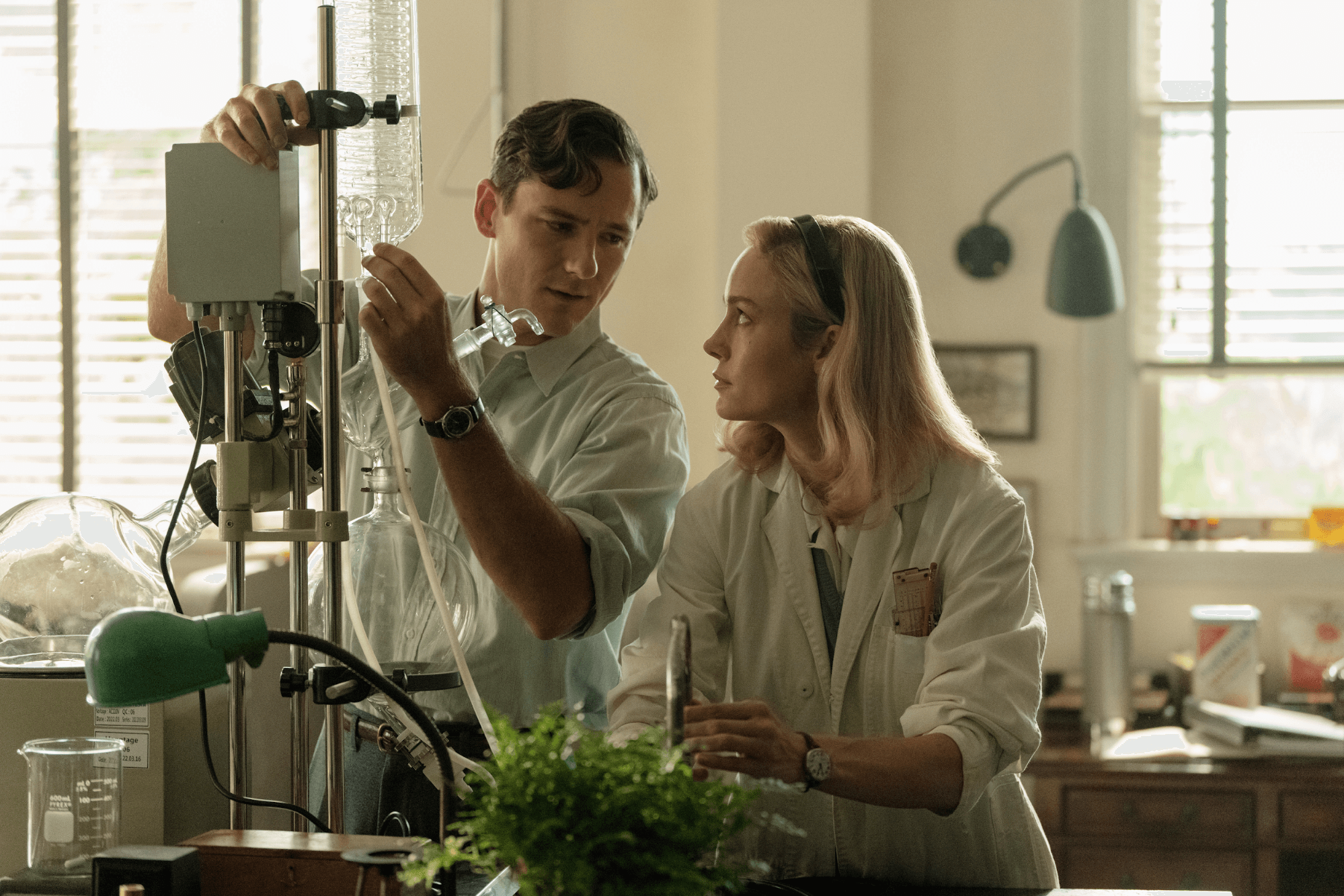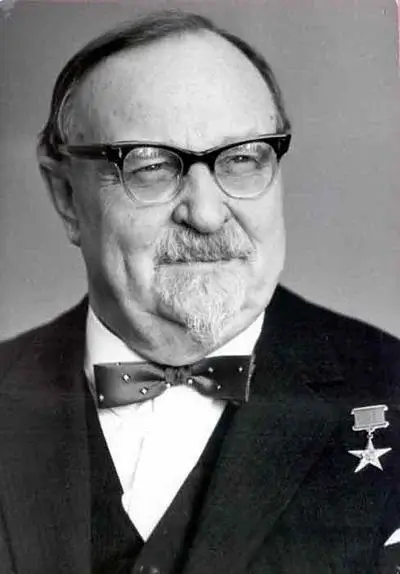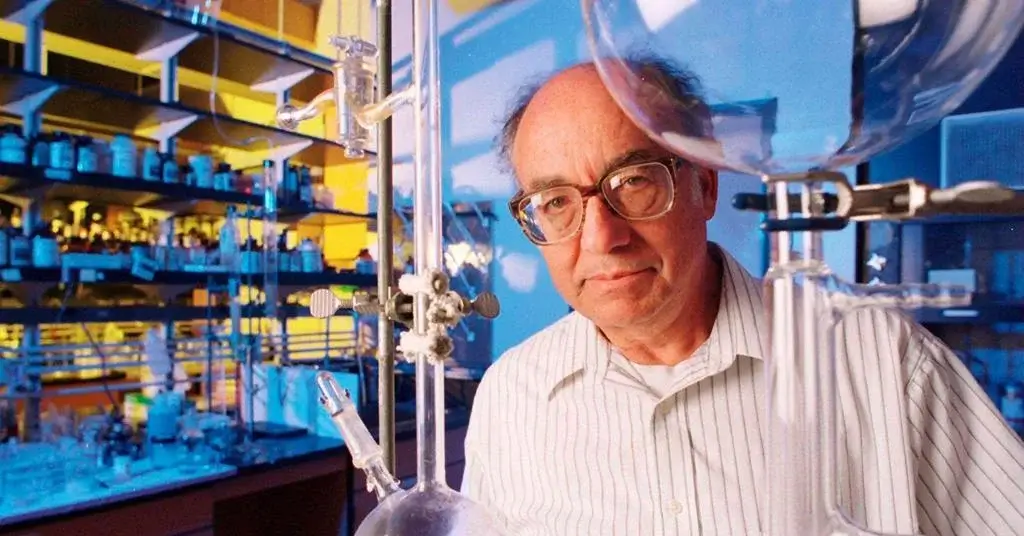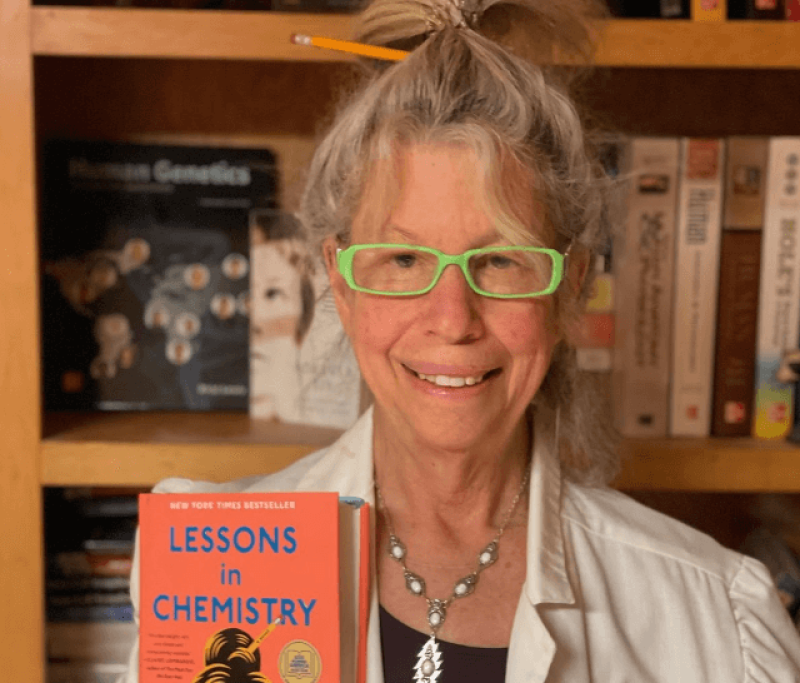I loved Lessons in Chemistry, the hit novel by Bonnie Garmus, and I’m thrilled that Apple TV+ picked it up “straight-to-series” more than a year before it was published in March 2022. Executive Producer Brie Larson, of “Room” and “Captain Marvel” fame, stars as chemist-turned-TV-cook Elizabeth Zott.
The book is hilarious, fast-paced, and expertly plotted. But while the feminist message is obvious, the subtext simmers with a disturbing “othering” of scientists. Let’s see what happens with the TV version, which debuts in 2023.
Book synopsis
In 1956 Elizabeth Zott works at the Hastings Research Institute in Commons, California, “EZ” emblazoned on her lab coat. She has a master’s in chemistry, which in science generally means failing to pass qualifying exams — sometimes it’s even called a “terminal masters,” like a cancer.
When she hunts for spare beakers in the lab of star chemist Calvin Evans, he assumes she’s a secretary. Two weeks later, they bump into each other at an operetta and Calvin, sick from something he ate and after his date bolts, promptly barfs on her.
The two share interests, traumatic upbringings, and a physical attraction that neither at first wants to acknowledge. But they bond (more a covalent sharing than an ionic exchange). She tends to get on her soapbox, lamenting the system that keeps women out of science.
“’You’re saying,’ he said slowly, ‘that more women actually want to be in science,’” Calvin probes incredulously.

Tragically, Calvin dies on an early morning run, tripping and then hit by a patrol car, Elizabeth pregnant but not yet realizing it.
A few years later, through a chance encounter at their daughter’s kindergarten with a parent who is a TV producer, Elizabeth ends up hosting a cooking show, “Supper at Six.” She sees creating meals as a platform to teach about science… and life.
The first episode inspires an avalanche of calls from puzzled viewers asking what CH3COOH is. (Vinegar, aka acetic acid.) If spellcheck had been around in the 1950s, Elizabeth could have mentioned food additive sodium citrate — Na3C6H5O7 — and come up with NACHOS.
“Cooking is not an exact science,” Elizabeth begins another episode. “The tomato I hold in my hand is different from the one you hold in yours. That’s why you must involve yourself with your ingredients. Experiment: taste, touch, smell, look, listen, test, assess.” That’s remarkably similar to the scientific method. She launches into a recitation of how heat and enzymatic activity yield something yummy.
A chicken pie is “a mixture, which is a combination of two or more pure substances in which each substance retains its individual chemical properties.” The carrots, peas, onions and celery are “mixed yet remain separate entities.”
Supper at Six is an instant smash hit.
Elizabeth Zott is gorgeous, athletic, wears trousers (a no-no in the 1950s), and sports a pencil in her upswept hair. She has no sense of humor or subtlety and is, well, unlike most women of the era.
Early in the story, when a large mutt follows her home from a deli and Calvin asks, “Who’s your friend?” Elizabeth thinks he’s wondering why she’s late and answers “It’s six thirty.” And that becomes the canine’s name.

The dog is smart, although he flunked out of bomb-sniffing school at Fort Pendleton. Elizabeth teaches him to understand hundreds of spoken words, and he becomes a major character, a little like a journalistic fourth wall. Later, when an unemployed Elizabeth converts her kitchen into a lab, where she performs a complex extraction process to make coffee, she and Six-Thirty wear goggles.
Elizabeth links her culinary chemistry to life lessons, which is what draws her massive audience of bored housewives. Consider this telling description:
“The potato’s skin is teeming with glycoalkaloids, toxins so indestructible, they can easily survive both cooking and frying. And yet I still use the skin, not only because it’s fiber rich, but because it serves as a daily reminder that in potatoes as in life, danger is everywhere.”
Equally scintillating is Elizabeth’s description, to Six-Thirty, of albumin coagulation as she cooks egg whites.
Vague yet jargony
I had read only a few paragraphs of Lessons in Chemistry when I began to cringe, as I did when finally watching Big Bang Theory after well-meaning non-scientist friends repeatedly suggested that my husband Larry, a chemist, and I, a geneticist, would enjoy the nerd stereotype. We didn’t.
The novel quickly unfurls a curious dichotomy of too-general terms, such as publishing in “Science Journal,” against a torrent of unnecessarily multisyllabic words.
Elizabeth describes herself as a chemist, working in Chemistry departments. But once we learn her research interests, it’s clear she would have more likely been in a department of Biological Chemistry or Biochemistry, or if a little later, Molecular Biology.
The narrative relies on the stereotypical objects of science, the things stuffed into toy chemistry sets, festooning Elizabeth’s digs with Bunsen burners, flasks, and rubber tubing. “Scientific proof,” “believe in science,” and “breakthrough” repeat, language that non-scientists often use that annoys scientists.
A glaring missed opportunity to educate
The only flaw of the book, in my admittedly minority opinion, is glossing over Elizabeth Zott’s professional interest, which is exactly the area that propelled me and many others to pursue careers in science. The author thanks two friends, an “amazing chemist” and a “brilliant biologist,” for their technical advice. Had they really not heard of the Miller-Urey experiment? Or had Garmus or her editors dismissed it?
Elizabeth’s research passion is deciphering the role of RNA in the origin of life. “Abiogenesis,” referring to the first cells arising from chemicals, is repeated ad nauseum, yet fleshed out only fleetingly, a mere sentence.
Garmus missed a great opportunity to build her story around one of the most exciting experiments of all time.
In 1953, 23-year-old biochemistry graduate student Stanley Miller, at the University of Chicago, mixed simple chemicals that likely had been the types in the early Earth’s atmosphere. He brewed a “primordial soup” of methane, ammonia, hydrogen and water in a glass contraption and lit a spark — a recipe for life, perhaps.

Within a day, the soup ingredients reacted, forming new molecules that included amino acids, the building blocks of proteins. Variations on the theme, from Miller and others, generated RNA. That starting molecule then could have copied itself into a forerunner of DNA with a simple base swap and doubling into a helix. Since both RNA and DNA participate in directing cells to make proteins, it’s tantalizing to envision the molecules connecting and interacting in the sun-baked muck of ancient clays, sculpting the first cells.
 Stanley Miller wasn’t the first to think of how to recreate life’s beginnings. Soviet biochemist Alexander Oparin came up with abiogenesis in 1924.
Stanley Miller wasn’t the first to think of how to recreate life’s beginnings. Soviet biochemist Alexander Oparin came up with abiogenesis in 1924.
But Miller’s results were easy to replicate in a college cell biology lab in 1973, when I did it. The thrill at detecting the amino acids, smears on a chromatography strip, cemented my future in genetics, the field that connects chemistry to biology.
I was fortunate to interview Stanley Miller in 2000. He told me that his adviser, Harold Urey, took his own name off the paper they submitted to Science, “A Production of Amino Acids Under Possible Primitive Earth Conditions,” so that the young man would receive the credit.

Miller had been astonished when his experiment made headlines proclaiming that he’d created life. Media coverage used the term abiogenesis. “People made jokes. They suggested that I’d grown a rat or a mouse in there!” he told me. Miller died in 2007.
Another opportunity missed is to have Elizabeth working on origin-of-life scenarios with nary a mention of Watson and Crick’s famous 1953 paper introducing DNA as the genetic material. Oops!
Me, too: Relating to three major events in Elizabeth Zott’s life
To women scientist readers, I suspect much of Lessons in Chemistry rings disturbingly true. Three major events in Elizabeth’s life also happened to me, in a sense. That’s part of why the book made me uneasy.
1. Sexual assault
Elizabeth Zott exits with a master’s and not a PhD from UCLA because her mentor raped her, which her department deemed an “unfortunate event” and blamed her. In college, in the genetics lab, my mentor put his hands on me, but I kicked and ran. In the pre-Weinstein 1970s, these things happened but weren’t mentioned.
2. Stealing her discoveries
At Hastings, Elizabeth works with two incompetent men on abiogenesis. A benefactor wants to fund the research, so Elizabeth’s boss accepts the funds for “Mr. Zott,” knowing that no one would support a woman. But then he has to fire Elizabeth because she’s unwed and pregnant. “I’m not contagious. I do not have cholera. No one will catch having a baby from me,” she implores, but is canned anyway. She tutors her befuddled former co-worker in her home, but when she briefly leaves him alone in her office to tend to her newborn, he steals her files of results and gives them to their boss, Dr. Donatti.
A few months later, the benefactor wants faster results, and so Elizabeth is hired back, but demoted to lab tech. Then Donatti publishes her findings in Science Journal:
She read the article twice just to make sure. The first time, slowly. But the second time she dashed through it until her blood pressure skipped through her veins like an unsecured fire hose. This article was a direct theft from her files.
The same thing happened to me.
One day, a botany textbook arrived in the mail. I opened to the first chapter, and saw 42 pages of my own writing. Every. Single. Word. Except where my intro biology textbook read “biology,” the new book had “botany.” Had our publisher somehow mixed the books up? Not likely. We authors read and approve every step in the production process.
The botanist who stole my work was prominent, popular, and personable, one of those types whose Wikipedia page lists his many awards (I’ve never won an award). For years after he co-opted my 42 pages, I’d stand at the back of the lecture hall at biology conferences, watching him preen.
Two years later, he did it again, stealing an essay I’d written on Barbara McClintock, famed corn geneticist and Nobelist. Only a woman could have written it. So, I can relate to Elizabeth Zott’s pit-in-the-stomach rage.
3. A precocious daughter
Heather, as a preschooler, would sit behind the stage of the lecture hall where I taught intro biology. In middle school, when the teacher said the word “prophase,” Heather chanted “metaphase, anaphase, telophase,” her mantra the stages of cell division. When the astonished teacher asked how Heather knew that, she said, “Doesn’t everyone?”
Elizabeth Zott’s influence was more direct. She read to Madeline from On The Origin of Species. In kindergarten, the child asked the school librarian for books by Norman Mailer and Vladimir Nabokov.
My favorite part of Lessons in Chemistry is when Madeline mulls over her teacher’s failure to grasp the fact that humans are animals, something that I’ve pointed out to journalists writing about “humans and animals” for years. Even Six-Thirty knows this.
All humans shared a common ancestor. How could Mumford (the teacher) not know this? He was a dog and even he knew this.
When Madeline insists to her teacher that humans are animals, she’s punished. But when the child writes on a poster that “Inside, humans are genetically ninety-nine percent the same,” her mother admonishes her, for we are ninety-nine-POINT-NINE the same. “In science, accuracy matters,” Elizabeth tells her daughter.
Coda
After a few twists and turns, the ending to Lessons in Chemistry unspools after Elizabeth speaks with a journalist who finally gets her. “That’s why I wanted to use Supper at Six to teach chemistry. Because when women understand chemistry, they begin to understand how things work,” she tells him.
I won’t spoil the glorious ending. But in the last two chapters, Elizabeth’s work is finally recognized, and Calvin’s tragic upbringing clarified.
Elizabeth softens a bit by the end, but the contradiction remains: women equal men, but scientists do not equal non-scientists. We stand a breed apart, with our constant observing, questioning, testing, and hypothesizing anew, in our own, often multisyllabic, language. The othering of scientists persists.
I hope the TV version of Lessons in Chemistry delves more into the mind of the female scientist, analyzing what drives her innate curiosity.
Hey Apple TV, need a consultant?
Ricki Lewis has a PhD in genetics and is a science writer and author of several human genetics books. She is an adjunct professor for the Alden March Bioethics Institute at Albany Medical College. Follow her at her website or Twitter @rickilewis































